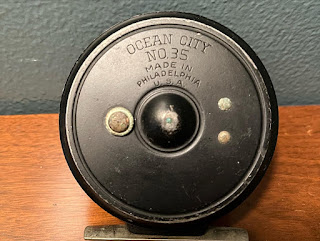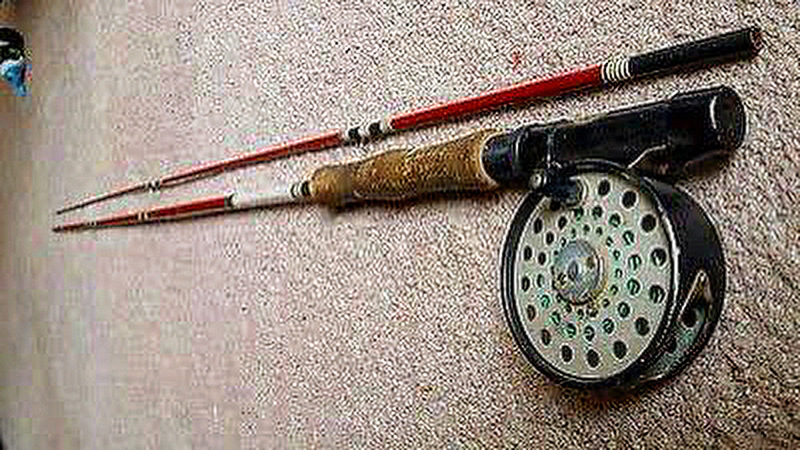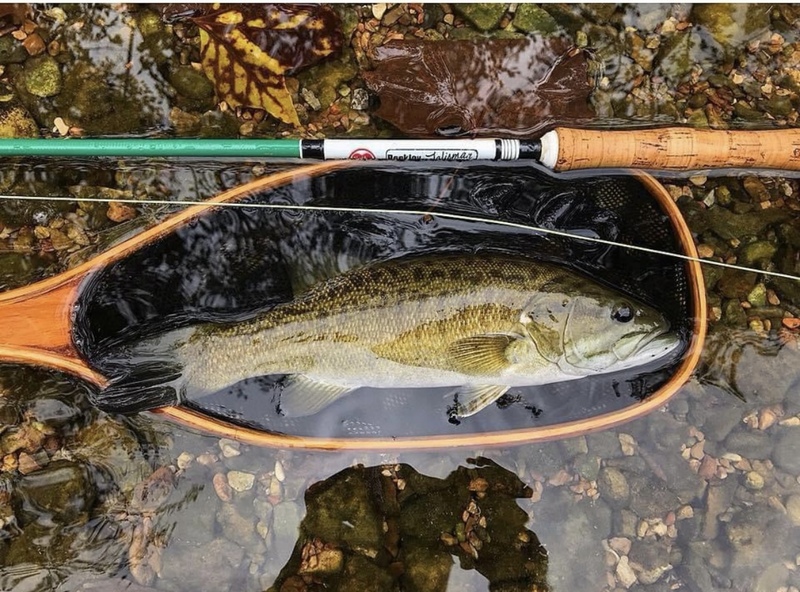It used to be that when someone had something to say about fly fishing it was because they were being helpful. Nowadays with social media and various forms of media in fly fishing, folks have something to say just because they have something to say.
I got that first line off of a podcast. One of the reasons I started a blog was to help people and to receive feedback that would aid my growth as a fly fisherman. Community, if you will. Before Facebook and the such, online forums and groups had many a folk helping aother anglers. People were eager to share patterns and angling techniques. I even learned about Bertram’s Bass way back in a forum. The online fly fishing community was about helping other folks. People such as myself wanted to learn about more bluegill and panfish patterns. There were some books and patterns and the local shop but there were so many more flies “recipes” online. And photos - lots of photos of flies and fish. Pictures to prove the patterns worked. Buy and Sell categories appeared. Sites popped up such as for warmwater angling.
There is still a sense of community online. Even if it is mostly through social media. I’ve made a few friends through social media. Even had lunch and done some lawn casting. Also, fishing and planning of future outings. Some friendships stick and some don’t work out. That’s just the way it is. Not everyone clicks.
Here’s something I’ll share with you. It doesn’t have to cost an arm and a leg to start fly fishing. It’s not a snooty, upper crust sport anymore. There are so many folks j joining of fly fishing. It’s more laid back and less traditional than ever. I buy gear off of eBay. I’m not saying go that route. It doesn’t hurt to speak with someone at the Bass Pro, Cabela’s or the local fly shop about gear. In the photo, you’ll see an old fly reel from the late 40’s or early 50’s. It’s bullet proof. I’ve got Ocean City reels and they didn’t cost much. I purchased them both on eBay. I’ve even bought 2 reels at a pawn shop and did a straight trade there for another one.
Anyways, grow the sport in your own way.











